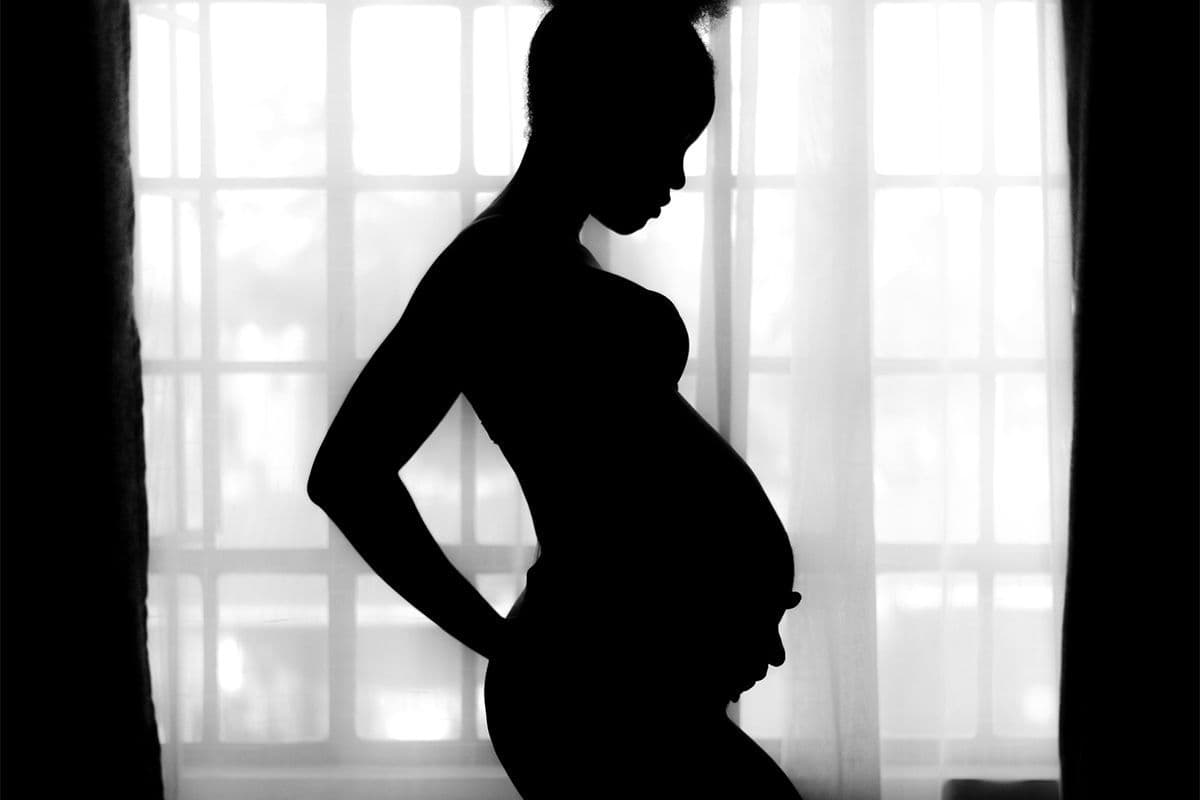Blue-Light Goggles in Development to Prevent Preterm Labor
Pregnancy News
Obie Editorial Team
According to the US Centers for Disease Control and Prevention (CDC), one in eight American babies is born before the 37th week of pregnancy. These preterm deliveries can have life-long health effects on those that survive them. Approximately 35% of all infant deaths in the US are linked to preterm labor. These grim statistics have led one college professor in Florida on a quest to find a safe and effective way to prevent preterm labor. His mission has him seeing blue.
James Olcese is an Associate Professor of Biomedical Sciences, Neuroscience, and Molecular Biophysics at Florida State University in Tallahassee. His work addresses the effect of melatonin on the onset of labor contractions.
Melatonin is a hormone produced by the tiny pine-cone-shaped pineal gland, which is located near the center of the brain. It works with sunshine coming through the eyes to regulate the body’s sleep/wake cycles. When the sun goes down and the day darkens, the pineal increases production of melatonin to induce overnight sleep.
Olcese discovered in 2009 that labor contractions often start at night when a woman’s melatonin production is at its peak. He began searching for a way to control melatonin production to a woman’s advantage.
Working in partnership with the Tallahassee Memorial Hospital, Olcese discovered that, when pregnant women at risk of preterm labor were exposed to bright light during the night, they had lower levels of melatonin in cells associated with labor contractions. When melatonin production decreased, contractions ended and early labor was prevented.
The women did not like the bright light, however, because it kept them awake. This original experiment involved a lamp the size of a computer monitor that shined bright full-spectrum light toward the expectant mothers.
Olcese refined the experiment by eliminating all light except blue light, which is easier to sleep with. He’s replacing the computer-sized light with goggles that emit blue light in short bursts straight into the sleeping woman’s eyes.
Once the blue-light goggles (which Olcese refers to as light-emitting devices) are ready for testing, he will return to the Tallahassee hospital but the Brigham and Women’s Hospital in Boston is also testing the goggles. The goggles are not ready for market, though. The study team is still working on how much and how often the blue light needs to flash for best results.
Olcese anticipates the day when a woman at risk for preterm labor will need to do no more than reach for the goggles waiting on her nightstand to stop early labor contractions when she feels them begin. He also thinks his blue-light goggles may someday be used to induce labor, too.
Source: Carlson, Doug. “Researcher attacks pre-term labor problem.” Florida State 24/7. Florida State University. Feb 5, 2014. Web. Feb 15, 2014.









